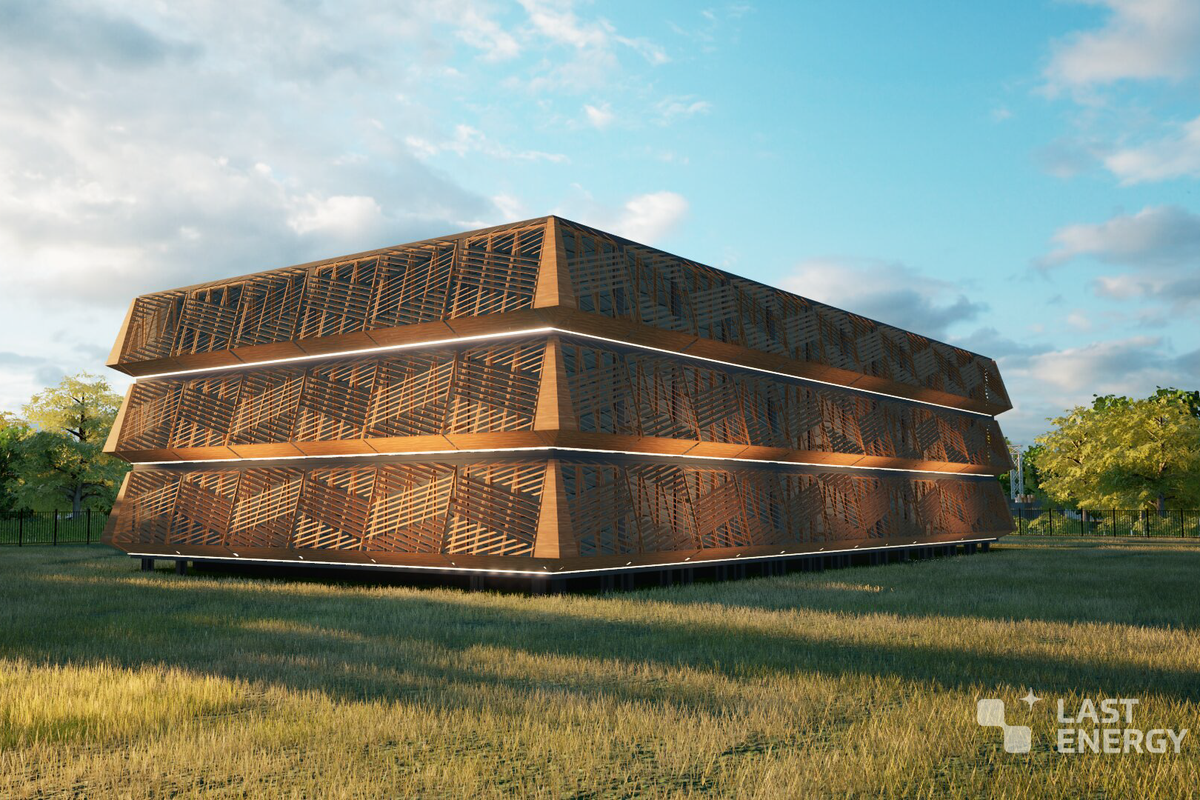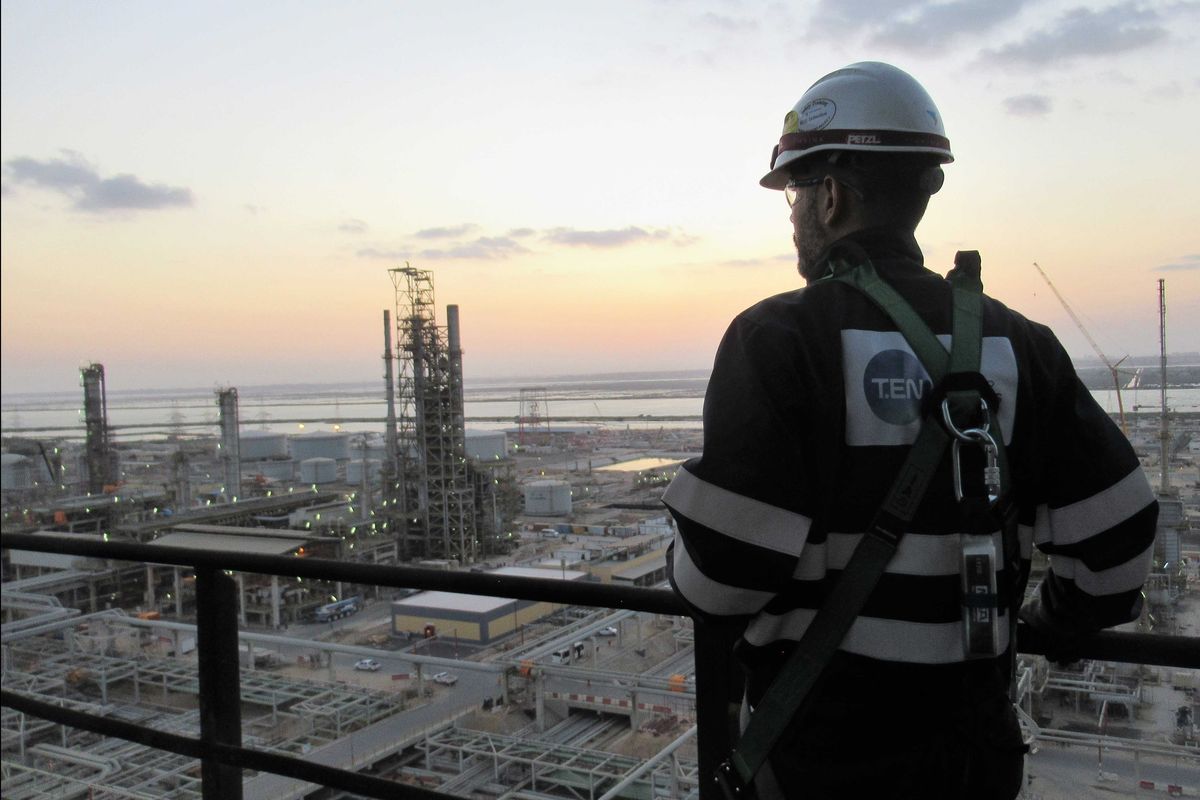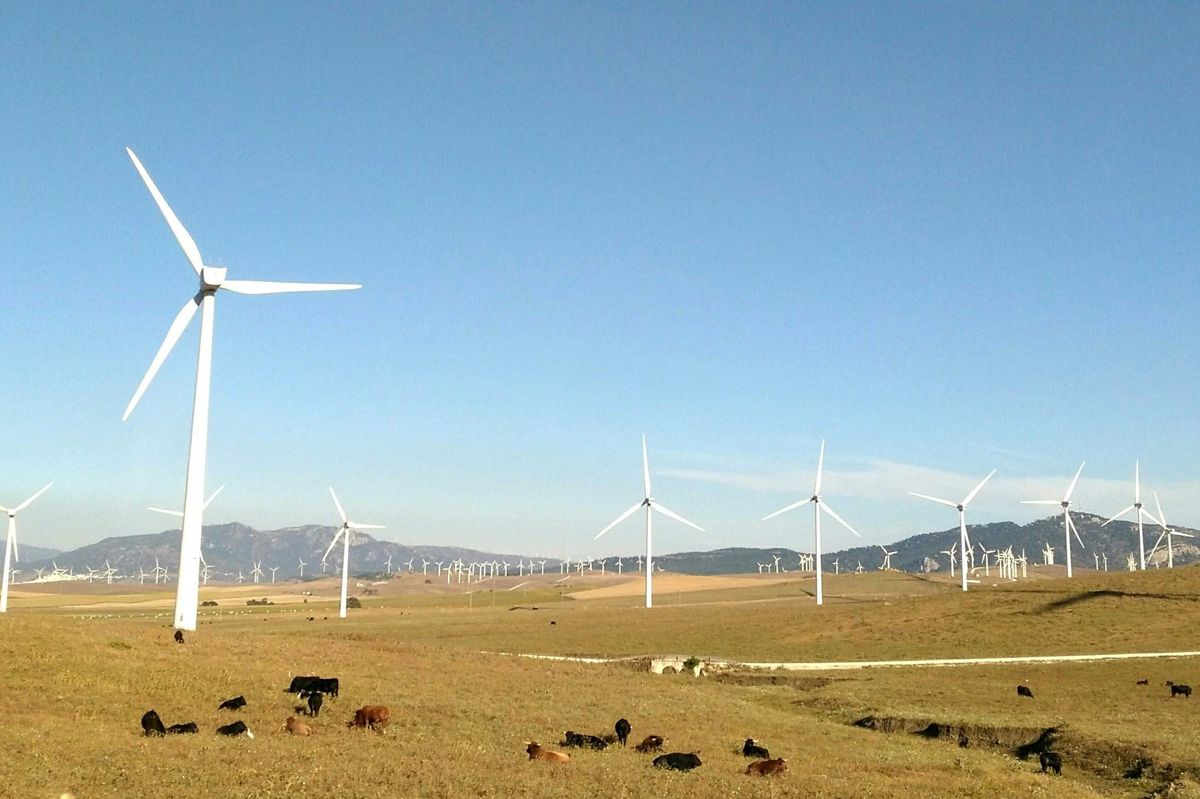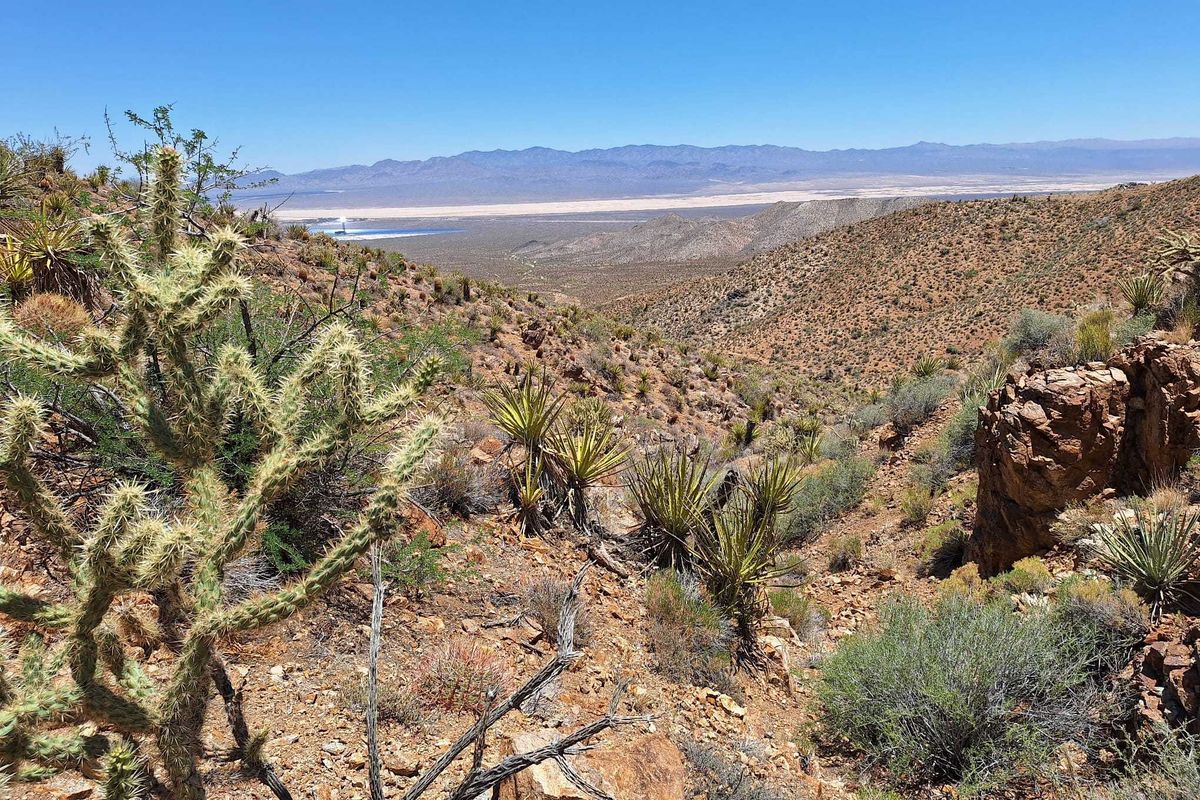Panel: Houston's access to talent, strong network drives it as a city for scaling energy transition business
thought leadership
Time is of the essence when it comes to scaling energy transition businesses in Houston — at least that's what a group of panelists agreed on at a recent event from the Greater Houston Partnership.
The GHP's Future of Global Energy event, which took place on October 9, featured a panel entitled, "Epicenter of Energy Innovation for Scale" and was moderated by Barbara Burger, former president of Chevron Technology Ventures and current startup adviser and mentor. Joining Burger was Kristina Lund, president of Pattern Energy; Brooke Vandygriff, COO of HIF Global: and Bud Vos, CEO of MetOx International. All three companies have and plan to continue scaling in Houston.
The conversation covered some of the unique achievements each of the panelists' companies have reached recently, including HIF Global's millions raised to create e-fuels, MetOx's $25 million series B extension, and Pattern Energy's Southern Spirit project scoring $360 million from the Department of Energy to connect Texas's ERCOT to other states.
After covering the momentum each company has right now, Burger asked each of the panelists why Houston makes sense as a place for scaling their energy transition business.
"The U.S. has a great regulatory environment, ERCOT specifically. Texas is in the business of permitting projects," Vandygriff says. "If you take the right steps, you can get your permits. They are very responsive to attracting and recruiting businesses here."
Also attractive is Houston's existing energy workforce. Even when it comes to technology roles, Houston delivers.
"There is great tech talent here," Vos says, pointing out that Bill Gates called Houston the "Silicon Valley of energy" when he was here for CERAWeek. "I think there's an element of that that's very true. There's a lot innovation, there's a lot of creative thinking, and being able to come out of these businesses with huge momentum then go into startups and innovate is a culture change that I think Houston is going through."
The panelists, most of whom are not Houston natives, agreed in a welcoming culture within the business sector.
"I really think that Houston offers great hospitality, and the energy networks here are so strong," Lund says. "You feel the energy of the city."






 Hunter Armistead, CEO of Pattern Energy, celebrated the company's new office last month. Photo courtesy
Hunter Armistead, CEO of Pattern Energy, celebrated the company's new office last month. Photo courtesy The new office is in Montrose, a neighborhood that had the "vibrancy and atmosphere" Pattern Energy was looking for. Photo courtesy
The new office is in Montrose, a neighborhood that had the "vibrancy and atmosphere" Pattern Energy was looking for. Photo courtesy



